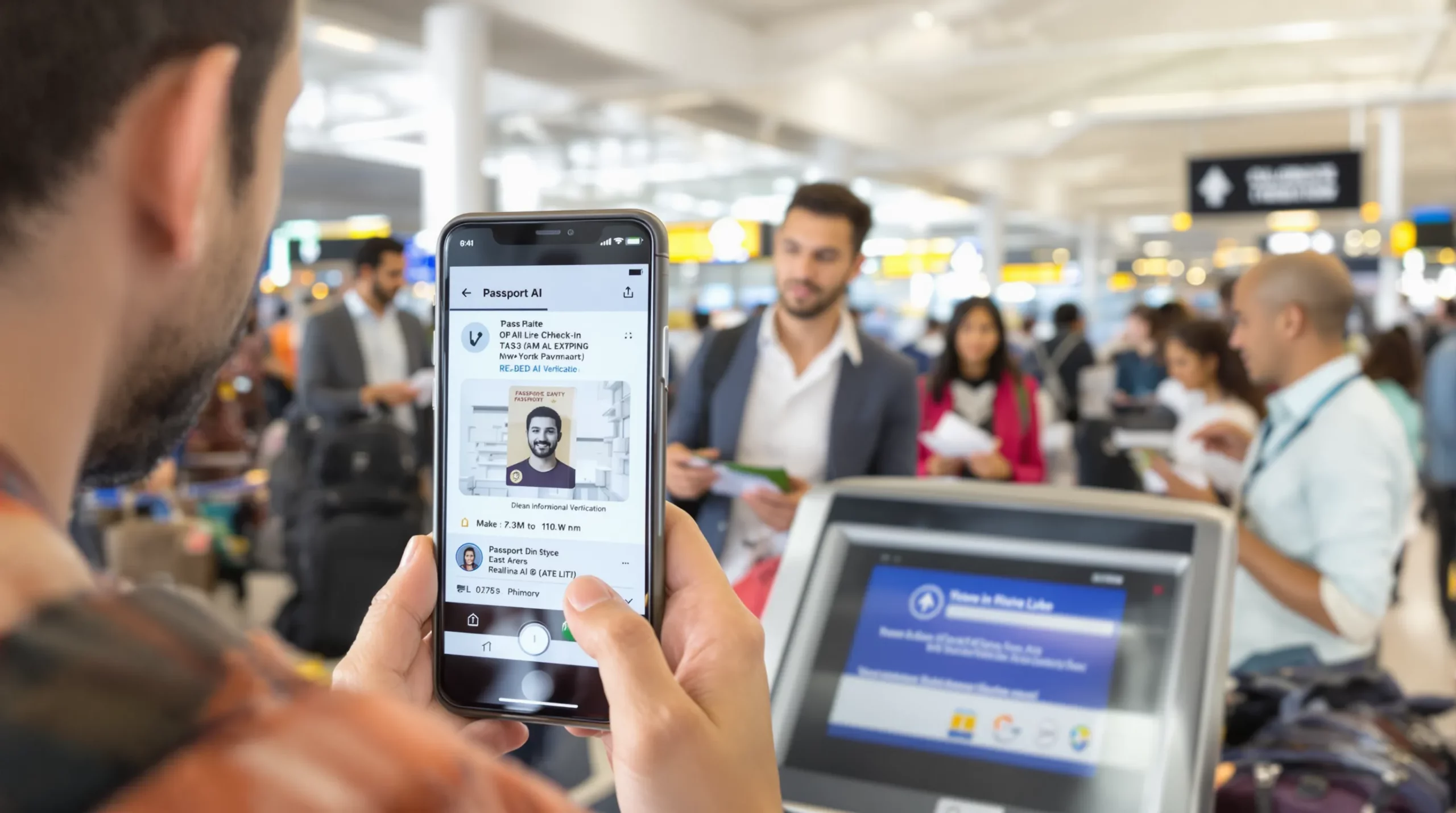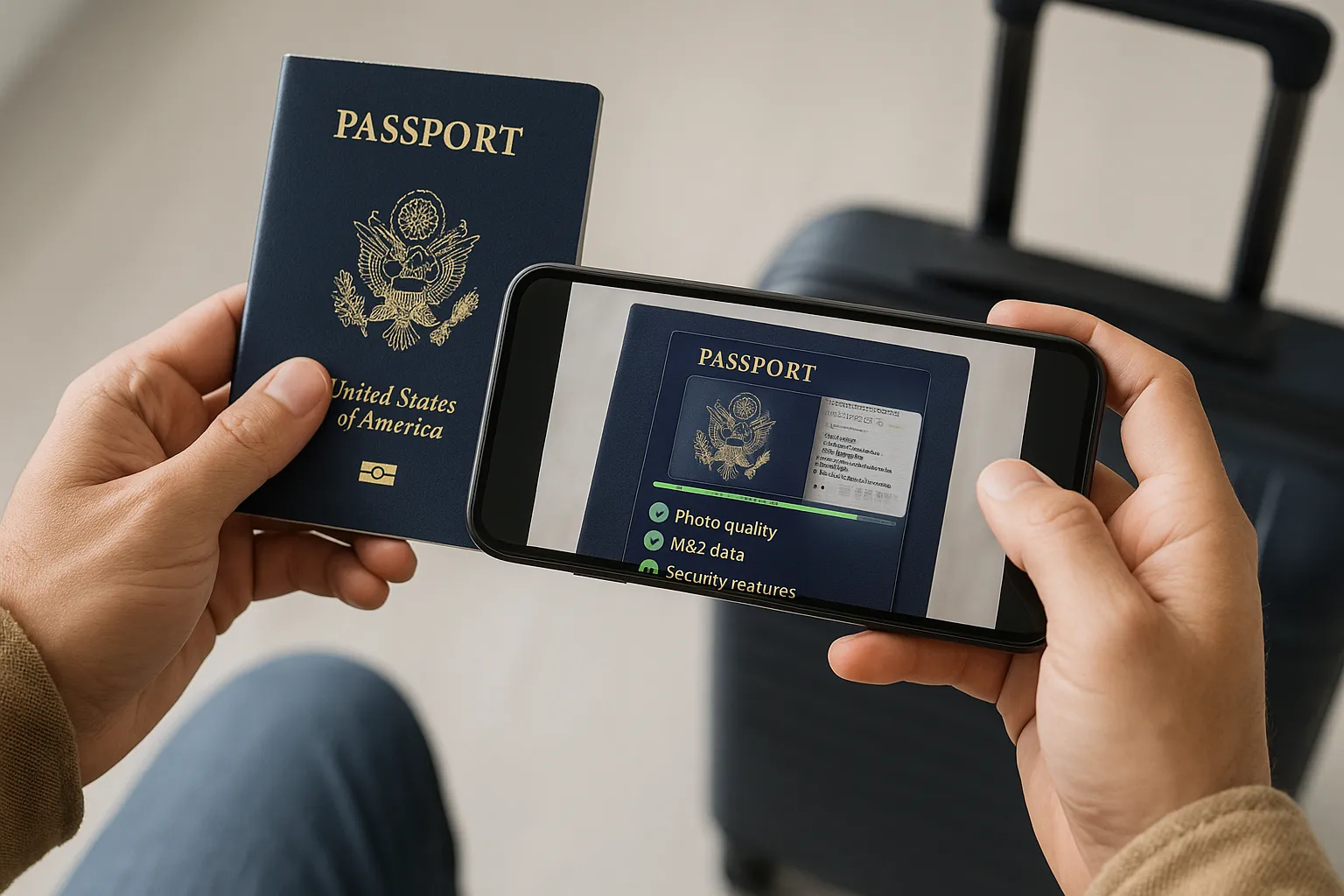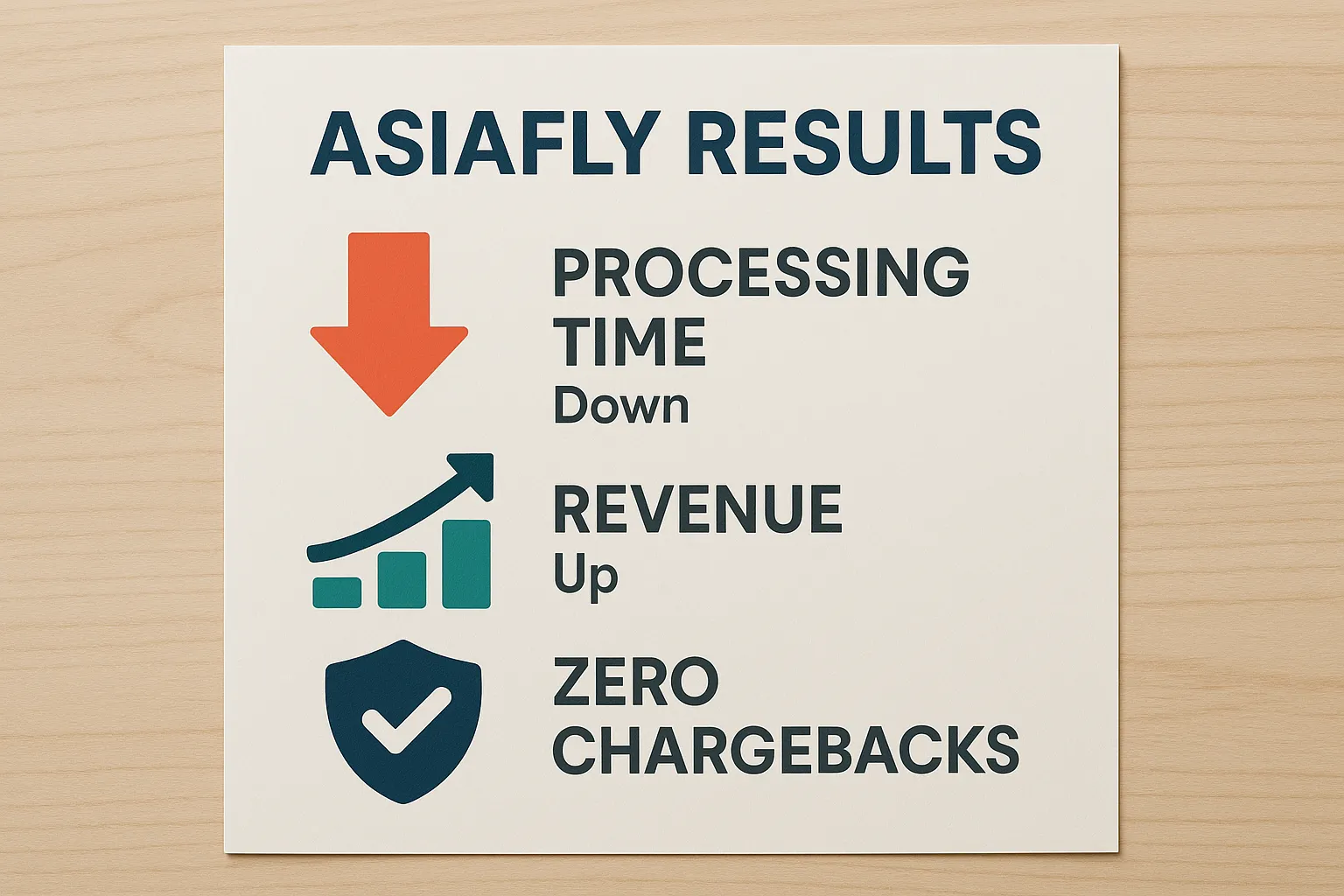How to Leverage AI for Instant Document Verification in Visa Applications

Every year, millions of otherwise qualified visa applications get delayed—or denied—because a traveler's passport photo is blurry, the information page is cropped, or a document turns out to be forged. According to the International Air Transport Association, document errors account for roughly 7 percent of denied boardings worldwide. For travel brands, that translates into lost bookings, angry customers, and mounting support costs.
Artificial intelligence (AI)–powered document verification solves this bottleneck. By combining computer vision, optical character recognition (OCR), and real-time fraud analytics, it can validate passports, ID cards, and supporting paperwork in seconds, turning a traditionally manual review into an instant, automated step that happens right inside the visa application flow.
The Building Blocks of AI-Driven Verification
AI-based document checks break down into five core capabilities:
- Image quality assessment: Algorithms detect glare, blur, and cutoff edges before the user hits Submit, prompting an instant retake when needed.
- OCR + MRZ parsing: Modern OCR engines read Machine-Readable Zone data with 99 %+ accuracy and automatically flag mismatches between the MRZ and the visual zone.
- Template & security-feature analysis: Computer-vision models compare holograms, fonts, and layout against thousands of country-specific templates to spot forgeries.
- Biometric face match: A liveness check captures a selfie and confirms that the face matches the passport photo, blocking spoofing attempts with printed or screen images.
- Risk scoring & decisioning: A rules engine blends AI signals with policy rules (e.g., passport validity > 6 months) to return an approve, manual review, or reject verdict in under two seconds.

Why Now? Market Pressure and Opportunity
• E-visa volumes are forecast to exceed 1 billion transactions by 2027 (Juniper Research).
• New digital-border programs—ETIAS, UK ETA, K-ETA—penalize carriers for non-compliant passengers.
• Customers expect “one-click” checkout: 53 percent will abandon a form that takes longer than five minutes (Baymard Institute).
Instant verification meets these pressures head-on, slashing form completion time and boosting confidence that every boarding pass is backed by compliant documents.
Business Impact for Travel Brands
| Metric | Manual Review | AI Instant Verification |
|---|---|---|
| Average verification time | 4-48 hours | < 3 seconds |
| Document error rate | 6–8 % | < 1 % |
| Fraud detection accuracy | 75 % (human) | 96-99 % (AI + liveness) |
| Support tickets per 1k bookings | 42 | 11 |
| Ancillary revenue uplift | — | +2–4 USD per booking (visa upsell) |
Source: SimpleVisa partner benchmarks, 2024–2025.
Higher approval rates and faster processing convert directly into bottom-line gains—especially when the visa product itself drives new ancillary revenue. SimpleVisa’s own data show that bookings with real-time document approval convert 18 percent better than those routed to delayed manual checks.
How It Fits Inside a Visa Management Platform
The simplest way to adopt AI verification is to embed an SDK or API call at the “Upload passport” step:
- Capture – The SDK opens the camera, enforces lighting and framing hints, and streams the image to the cloud.
- AI processing – OCR, template matching, and liveness run in parallel containers for millisecond latency.
- Decision callback – The platform returns a JSON payload with
status: approved | review | rejectedand a confidence score. - User feedback – If approved, the flow jumps straight to payment. If not, the user receives actionable guidance (e.g., “Passport expired”; “Retake photo in brighter light”).
Developers can see a full implementation in the internal post “Quick Tutorial: Embedding an eVisa Widget in Under 30 Minutes.” No developers available? The same capability ships in SimpleVisa’s white-label app—just drop in your logo and translation set.
Security and Compliance Checklist
Regulators care as much about how you verify documents as how fast you do it. When evaluating an AI solution, demand the features outlined in “Top 8 Security Features to Demand in Any Electronic Visa Solution,” including:
- AES-256/GCM encryption in transit and at rest
- ISO 27001‐certified data centers
- GDPR-compliant data-retention windows and right-to-erasure workflows
- Explainable AI models with bias testing and audit logs
Tracking Success: Four KPIs That Matter
Reference the deeper dive “5 KPIs to Track After Deploying a Visa Management Platform.” For document verification specifically, start with:
- Instant-verification rate: share of documents cleared within five seconds
- Correction loop time: median minutes from error flag to successful resubmission
- Visa-related conversion rate: approved visas ÷ initiated applications
- Support contact rate: document issues per 1,000 transactions
A live dashboard fed by webhook events lets product and ops teams spot drops in real time—before they hit NPS.
Case Snapshot: OTA AsiaFly
AsiaFly, a mid-size online agency specializing in last-minute trips, embedded SimpleVisa’s AI verification toolkit across its mobile and web checkouts. In the first 60 days:
- Average document processing time fell from 14 hours to 2.8 seconds.
- Visa-form abandonment dropped 19 percent.
- Chargebacks for denied boarding fell to zero.
- Ancillary revenue per booking rose by USD 3.40, covering integration costs in under three weeks.

Best Practices for a Smooth Roll-Out
- Start with high-volume routes. Prioritize destinations where documentation mistakes are common (e.g., India e-Tourist Visa, Australian ETA).
- Implement a hybrid review lane. Edge cases—damaged passports, refugee travel docs—fall back to human agents without blocking the happy path.
- Train support teams. A one-week curriculum like the one in “How to Train Customer Support Teams on eVisa Rules in One Week” equips agents to interpret AI decisions and coach users.
- Monitor and retrain models. Feed anonymized error cases back into the model pipeline every quarter to maintain accuracy against new document designs.
Ready to Eliminate Document Bottlenecks?
Instant AI verification transforms visa processing from a paperwork headache into an invisible, value-adding feature your customers barely notice—except in the speed of their confirmation email. Whether you integrate via API, no-code widget, or white-label portal, SimpleVisa provides the battle-tested infrastructure, global document library, and compliance layers you need to go live fast.
Schedule a 20-minute demo to see how AI-powered document checks can lift conversions, cut support costs, and unlock new ancillary revenue streams—no machine-learning PhD required.